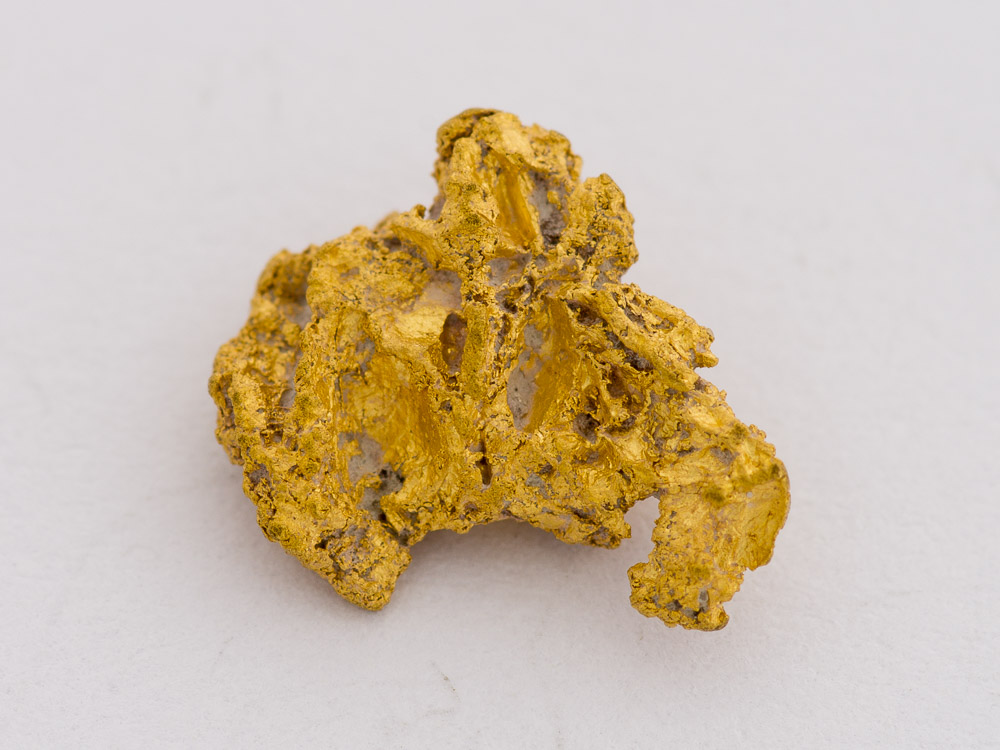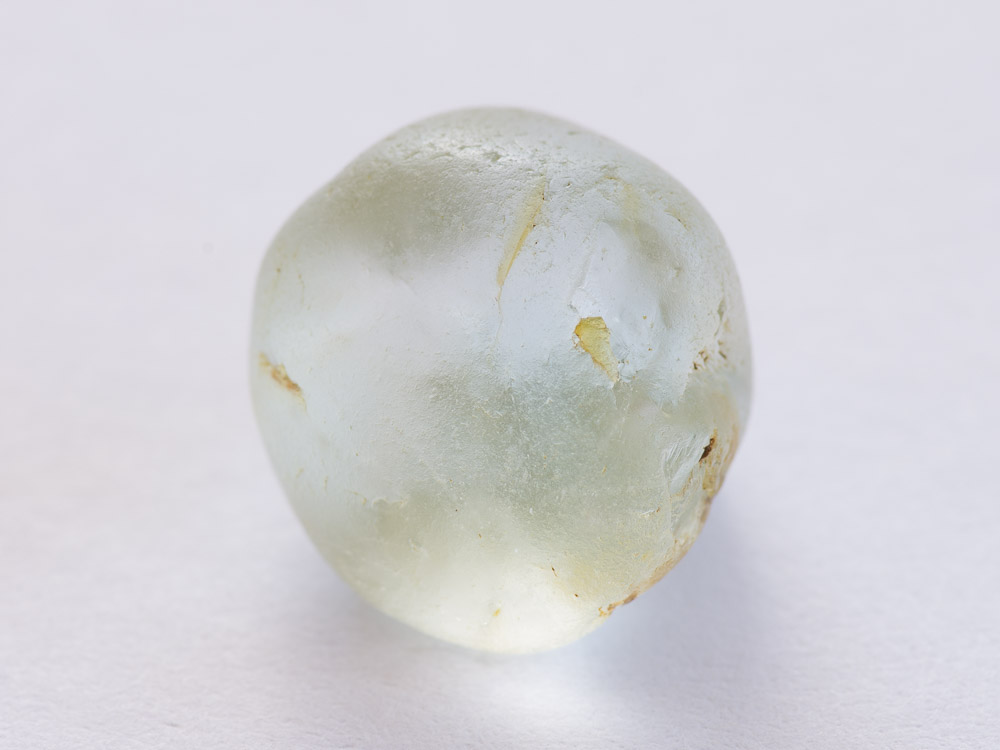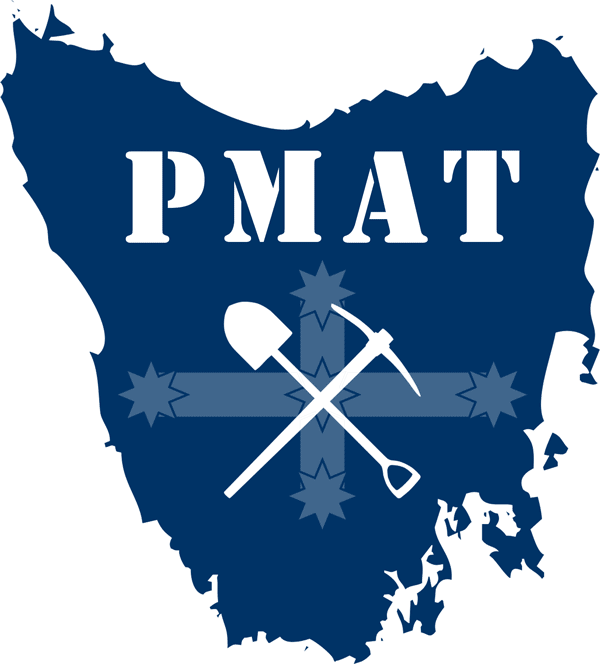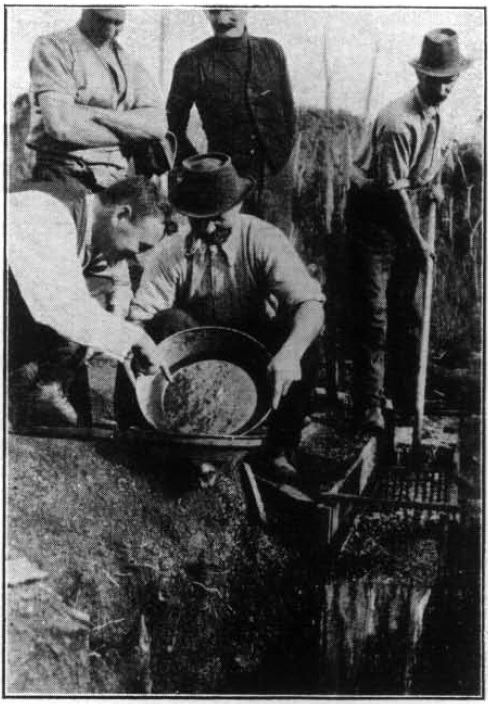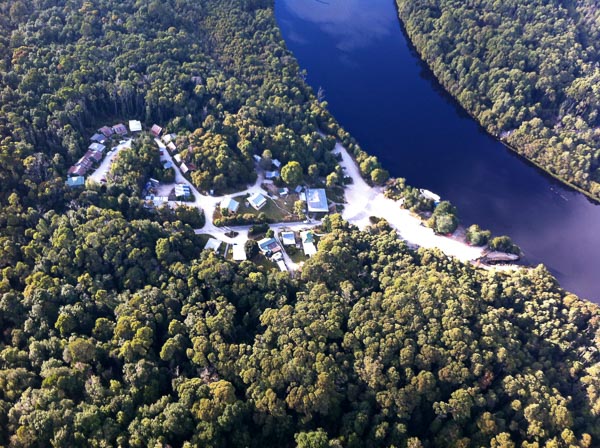Lefroy was one of Tasmania’s most important and profitable goldfields. Originally discovered as an alluvial field, it went on to become one of the main hard-rock quartz mining fields and hosted several of Tasmania’s relatively few dividend-paying gold mines.
Back Creek, immediately to the east, is often treated in the same publications, and is arguably an extension of the Lefroy goldfield. In contrast to Lefroy’s hard-rock focus, Back Creek was overwhelmingly an alluvial field.
Date Archives → October 2015
Tasmanian Topaz
Second to sapphires, topaz is the most common and widespread gemstone found in Tasmania. It has a very strong association with Devonian granites in northern and western Tasmania, but can be found in other rock types. Flinders Island, the Blue Tier area and the Gladstone area are the most important occurrences, but topaz is also known from plenty of other localities, such as Bicheno, Coles Bay, the Stanley River, Moina and Mount Bischoff.
Continue readingProspectors and Miners Association of Tasmania
The Prospectors and Miners Association of Tasmania (PMAT) has become officially incorporated!
If you’ve enjoyed fossicking and prospecting in Tasmania for a while, you’ve probably come to notice that our State is steadily becoming less welcoming of prospectors. Regulations controlling what prospecting equipment is allowed and what areas that can be accessed has become more and more restrictive. The Director of Mines has even declared that a prospecting licence in Tasmania gives the holder no rights of ownership over anything they find.
Over a dozen people from around the State met in Campbell Town on the 22nd of August 2015, and we voted to officially incorporate the Prospectors and Miners Association of Tasmania.
Like PMAV in Victoria, and NAPFA in NSW, the purpose of PMAT is to foster fossicking and prospecting, to protect the interests of prospectors and fossickers in the State, and to generally act as a unified voice in dealing with regulatory authorities and Parliament when it comes to fossicking, prospecting and small-scale mining in Tasmania.
If you like to fossick or prospect, and you’d like to continue to enjoy this fantastic pastime, even pass it on to your children or grandchildren one day, I’d encourage you to join the Association and help us get a better deal for fossickers, prospectors and small-scale miners in Tasmania.
Visit their website, or have a look at their Facebook page and get involved!
Osmiridium in Tasmania
Did you know that, in the first half of the 20th Century, if you owned a fountain pen, you most likely wrote using a tiny little piece of Tasmania? Fountain pen tips were made of gold, but gold and its alloys are too soft to write with: the tip or nib wears too quickly and would be too expensive to replace. Osmiridium was the answer.
Continue readingThe Corinna Goldfields
Gold was known in the northwest of Tasmania since at least James (Philosopher) Smith’s discovery in the Forth Valley near the modern-day Lake Cethana dam. None of the workings were on a large scale. It wasn’t until Harry Middleton’s discovery in Corinna in 1879 that the gold rush to the Pieman kicked off. It would eventually lead to the largest gold nugget ever found in Tasmania. Much of the area is still accessible to gold fossickers today.
Continue reading
